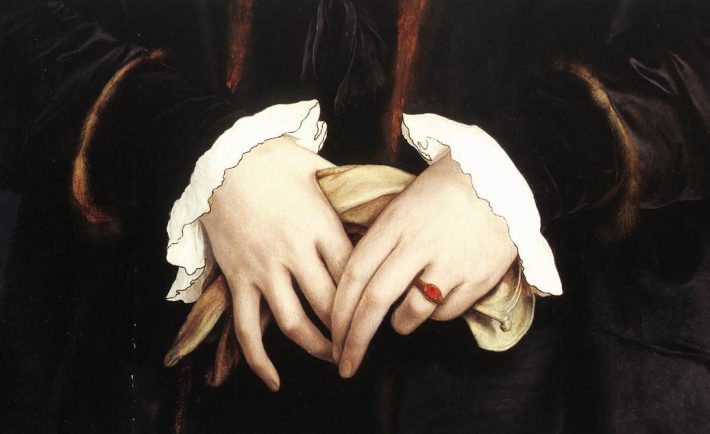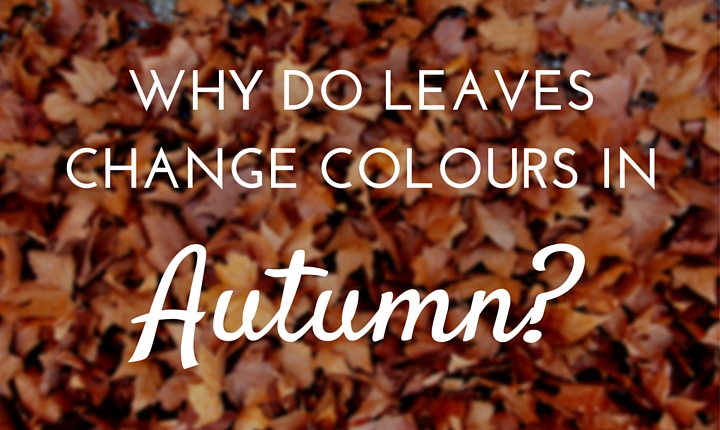I’ve been trying to write this article for a while, but, well. I mean, I’ve had the time, but there just seems to be so much else to do. Like rearranging my books or the clothes in my wardrobe into colour order. And yesterday, I just had to plait all the tassels on my blanket and look through all my old photo albums.
Sound familiar? Procrastination is the science, no, the art of doing trivial things whilst putting off something important, like doing your homework or, ahem, writing an article. But putting things off for too long can get you into trouble. It’s much better to get on with tidying your room or revising for an exam than it is to see how many two pence coins you can balance on your nose (I managed 5 yesterday).




